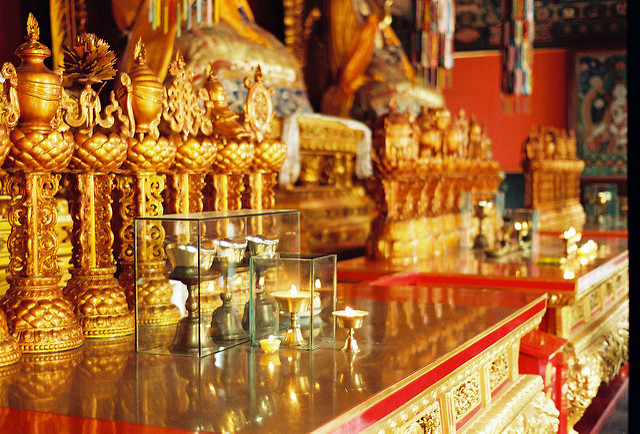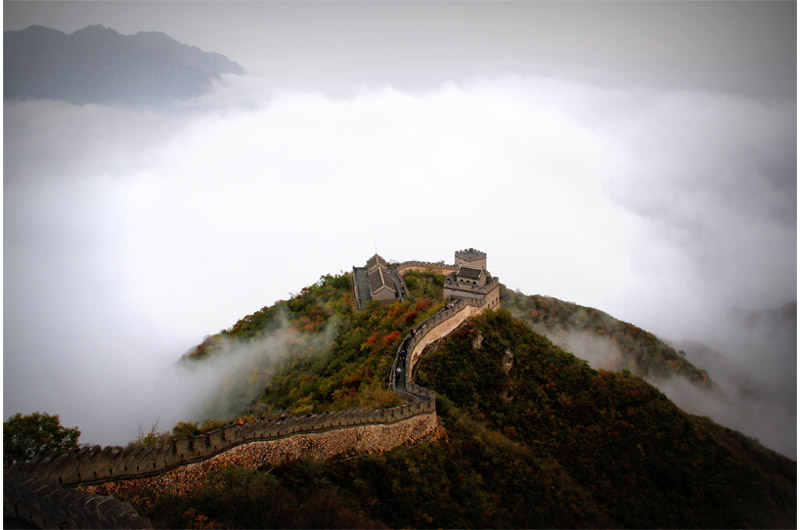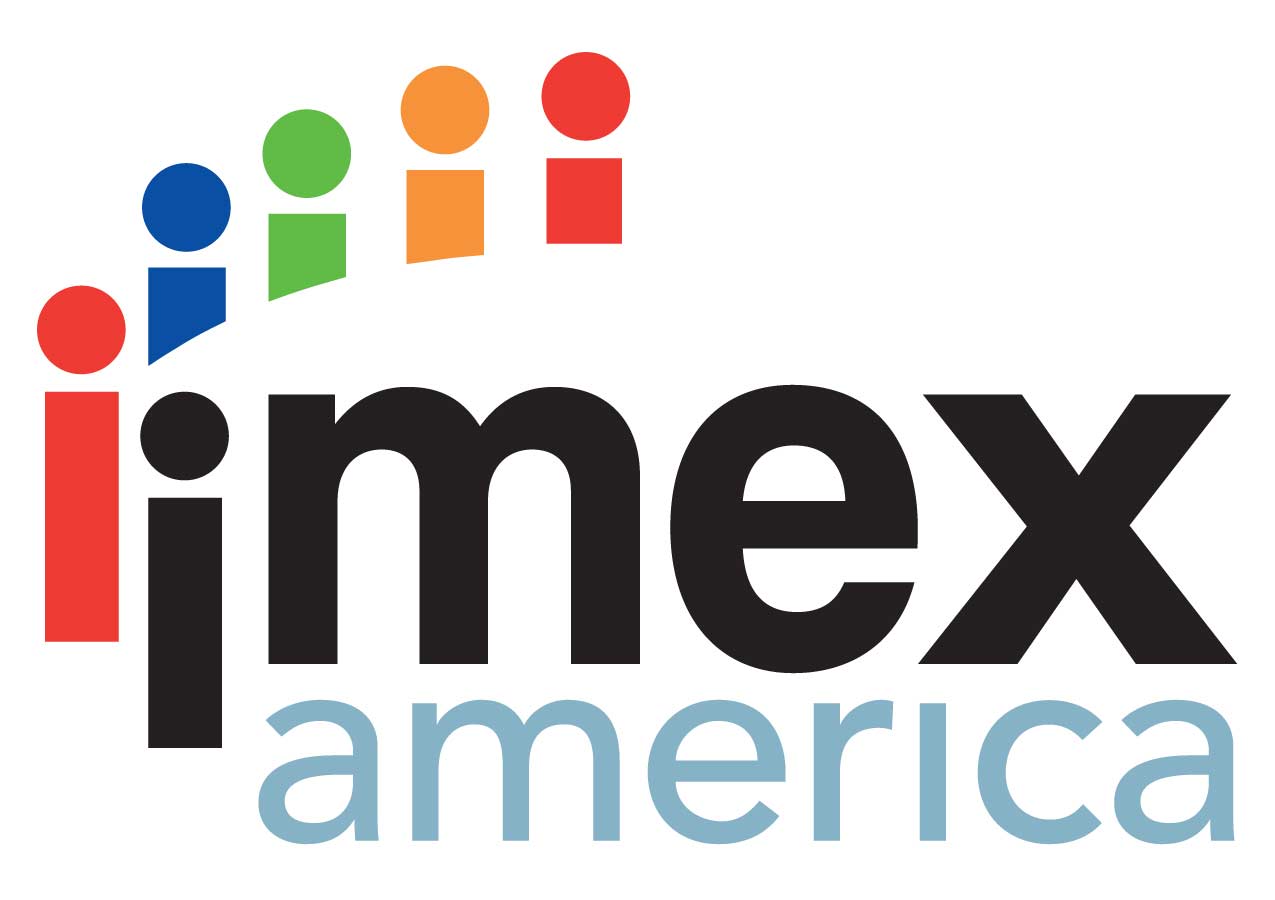Beijing, also known as Peking, the capital of the People’s Republic of China, is China’s political, economic, cultural and educational center as well as an important center for international trade and communications.The city covers an area of more than 16,410 square kilometers (6,336 square miles) and has a population of more than 21 million as of 2013.Few cities in the world have served as the political and cultural center of an area as long as Beijing. Beijing has been the heart of China’s history for centuries. The city is renowned for its opulent palaces, temples, and huge stone walls and gates. Its art treasures and universities have long made it a center of culture and art in China.
Attractions in Beijing
Forbidden City
Lying at the center of Beijing, the Forbidden City, also called or the Palace Museum, used to be the imperial palace of the Ming and Qing dynasties. The Forbidden City is the world's largest surviving palace complex.Nowadays, the Forbidden City is open to tourists home and abroad. Splendid paintings on the royal architectures, grand and deluxe halls, and surprisingly magnificent treasures will certainly satisfy "modern civilians".
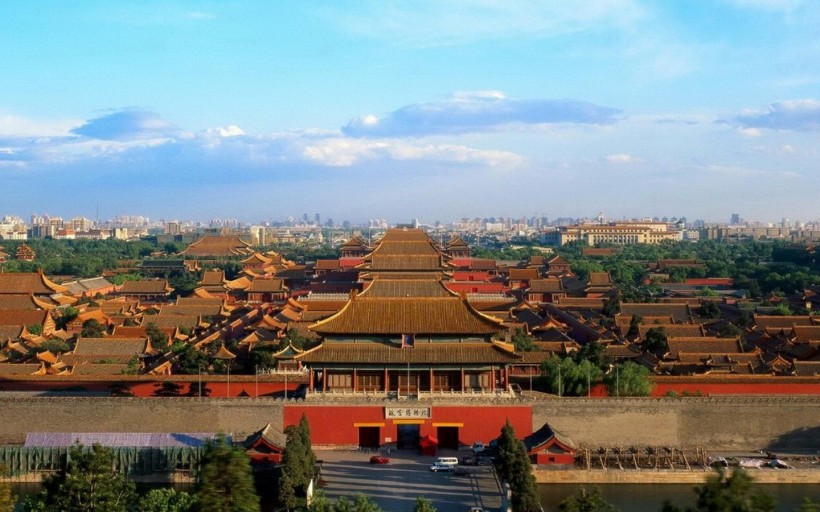
Summer Palace
Constructed in the Jin Dynasty (1115-1234), during the succeeding reign of feudal emperors, it was extended continuously. By the time of the Qing Dynasty (1644-1911), it had become a luxurious royal garden providing royal families with rest and entertainment.
Composed mainly of Longevity Hill and Kunming Lake, The Summer Palace occupies an area of 294 hectares (726.5 acres), three quarters of which is water. Guided by nature, artists designed the gardens exquisitely so that visitors would see marvelous views and be amazed by perfect examples of refined craftwork using the finest materials.
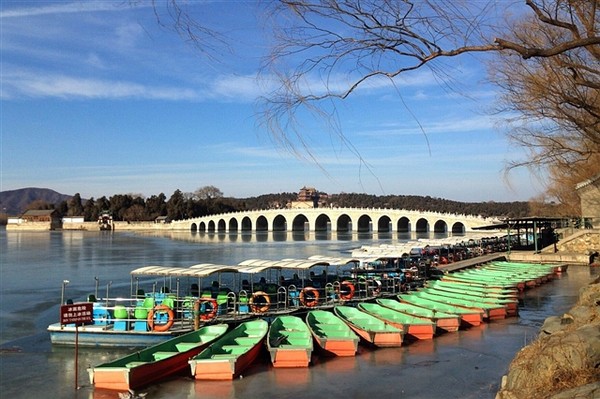
Tiananmen Gate and Tiananmen Square
The Tiananmen(meaning Heavenly Peace Gate) is a famous monument in Beijing. It is widely used as a national symbol. First built during the Ming Dynasty in 1420, Tiananmen is the entrance to the Imperial City, within which the Forbidden City is located. Tiananmen is located to the north of Tiananmen Square, the world's largest city center square. At 440,000 square meters, Tiananmen Square can hold 1 million people for gathering.

Temple of Heaven
The Temple of Heaven was built in 1420 during the reign of Emperor Yongle of the Ming Dynasty, and is located in the southern part of the city. It was the place where emperors of the Ming and Qing would pray to heaven for good harvests.It has been described as "a masterpiece of architecture and landscape design". The Temple of Heaven has been listed as one of the World Cultural Relics by the UNESCO.It is the largest temple complex in China with 12 million people visiting the temple every year. In the morning you will see many Beijingers practicing all kinds of physical exercise.
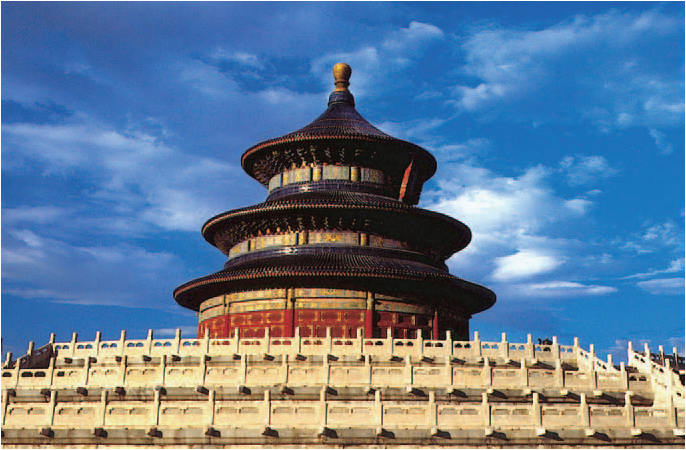
Bird's Nest- National Stadium
Beijing National Stadium, or colloquially as the Bird's Nest, was designed for use throughout the 2008 Summer Olympics and Paralympics. Located in the Olympic Green, the stadium cost US$423 million. The design, which originated from the study of Chinese ceramics, implemented steel beams in order to hide supports for the retractable roof, giving the stadium the appearance of a "Bird's nest".

Water Cube
Officially known as the National Aquatics Center, the Water Cube is an aquatics center that was built alongside Beijing National Stadium in the Olympic Green for the swimming competitions of
the 2008 Summer Olympics. Despite its nickname, the building is not an actual cube, but a cuboid (a rectangular box).After the Olympics, the building underwent a 200 million Yuan revamp to turn half of its interior into a water park. The building officially re-opened on August 8, 2010.
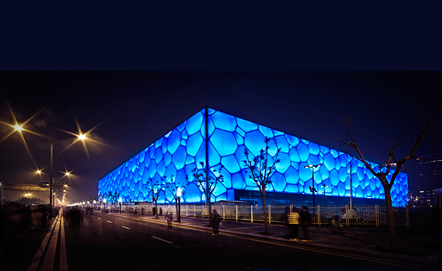
Badaling Great Wall
Badaling is the site of the most visited section of the Great Wall of China,approximately 50 miles (80 km) northwest of urban Beijing city in Yanqing County.The portion of the wall running through the site was built during the Ming Dynasty,along with a military outpost reflecting the location's strategic importance. The highest point of Badaling is Beibalou,approximately 1,015 metres (3,330 ft)above sea level.

Mutianyu Great Wall
Mutianyu section of the Great Wall of China is located in Huairou County 70km northeast of Beijing. It is connected with Jiankou in the west and Lianhuachi in the east. First built in the mid-6th century during the Northern Qi, Mutianyu Great Wall is older than the Badaling section of the Great Wall. In 1569, the Mutianyu Great Wall was rebuilt and till today most parts of it are well preserved. The Mutianyu Great Wall has the largest construction scale and best quality among all sections of Great Wall.
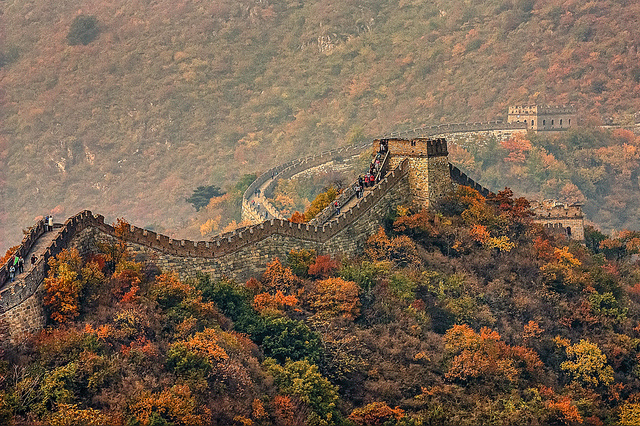
Jinshanling Great Wall
Jinshanling section of the Great Wall of China is located in the mountainous area in Luanping County, 125 km northeast of Beijing. This section of the wall is connected with the Simatai section to the east. Some distance to the west lies the Mutianyu section. It was built from 1570 CE during the Ming Dynasty. The Jinshanling Great Wall is 10.5 km long with 5 passes, 67 towers and 2 beacon towers.You will enjoy a breathtaking view and a peaceful and quiet hike here.
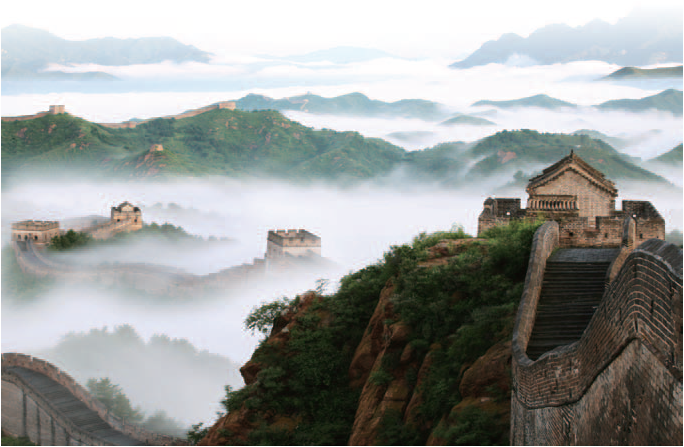
Hutongs
Hutongs are a type of narrow streets or alleys, most commonly associated with Beijing. In Beijing,hutongs are alleys formed by lines of siheyuan, traditional courtyard residences. Many neighborhoods were formed by joining one siheyuan to another to form a hutong, and then joining one hutong to another. The word hutong is also used to refer to such neighborhoods.

Lama Temple
Lama Temple Beijing (Yong He Gong), a renowned lama temple of the Yellow Hat Sect of Lamaism, is situated in the northeast part of Beijing city. It features five large halls and five courtyards with beautifully decorative archways, upturned eaves and carved details. It houses a treasury of Buddhist art, including sculptured images of gods, demons and Buddha, as well as Tibetan-style murals.
